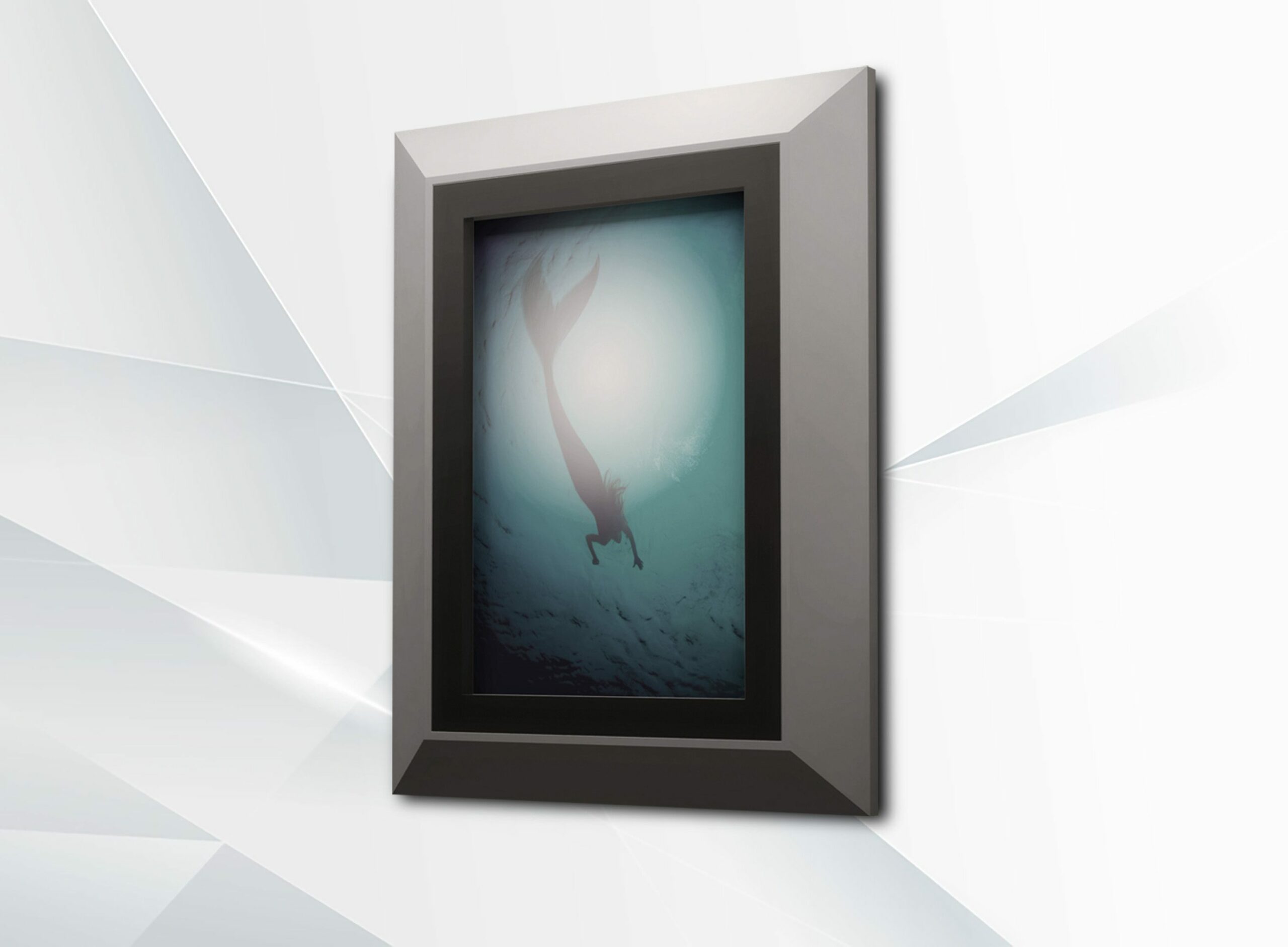The multinational entertainment and media company – Disney, recently released a live-action movie of “The Little Mermaid”. From the first time released, this live-action movie has received much appreciation and criticism due to the visual differences from the animated version. This raises an interesting view from the perspective of intellectual property law because we can see how Copyrights Law protects the derivative works of Disney.
Image from: https://www.Instagram.com/disneylittlemermaid
Most of us are familiar with the story of The Little Mermaid as an original work by Disney. However, The Little Mermaid story itself is a derivative work that adapts Andersen’s story titled “Den lille havfrue” (1837).
Derivative works are considered newly created works that result from an existing work. To obtain legal protection, derivative works must be original and unique, distinguishing them from the original work. Like in Disney’s version of The Little Mermaid, there are differences in character names, endings, and a simpler storyline to make it suitable for children.
Legal Protection of Derivative Works in USA
The legal protection of derivative works is regulated in copyright law. Generally, creators of derivative works must seek permission from the original creators to avoid infringing on their exclusive rights. In the United States, where Disney is headquartered, for works created after 1978, copyright lasts for the author’s lifetime and an additional 70 or 95 years.
In the United States, those regulation can be found in Section 302 of the U.S. Copyright Act (Title 17 of the United States Code). Specifically, for works created after January 1, 1978, the copyright duration is outlined in Section 302(a), which states that the duration of copyright protection lasts for the author’s lifetime plus an additional period of 70 years.
Furthermore, Section 302(c) of the U.S. Copyright Act provides an alternative duration for certain works. For works created by individuals, anonymous works, or pseudonymous works, the duration is measured as the shorter of 95 years from the date of first publication or 120 years from the year of creation.
Disney has rights to their own adaptation of the fairy tale. However, Disney does not own the rights to Andersen’s original story. Others are still free to use the original work and create their own material or adaptations based on it. What is not allowed is creating something that imitates Disney’s version of the story, including the names or resemblance of Ariel, additional characters or character development, changes to Disney’s storyline, and so on. This is because Disney’s work is still within the copyright protection period. As for the derivative work, “Den lille havfrue,” its copyright protection has expired and is considered in the public domain. However, in this case, Andersen, the original creator, still holds perpetual moral rights.
Indonesia Copyrights Law Viewpoint
In Indonesia Copyrights law viewpoint, we can find the same regulations in Law Number 28 of 2014 about Copyrights. In Article 40 paragraph 1 point n explained that the adaptation and transform creations are protected by copyright law. So whoever infringes the rights of derivative works, it will be considered as copyright infringement.
The sanction of copyrights infringements depends on the action, such as announcing, distributing, or communicating the creations without permission or plagiarism.
In copyright infringement of derivative works, the original creator may file legal action against the infringer. Several types of sanctions that can be imposed include administrative and civil sanctions such as compensation, termination of the use of derivative works, to criminal sanctions such as fines and imprisonment.
Why is it Important to Protect Copyrights Legally?
As we all know, the valuable products must be original, unique, and appealing. So copyright legal protection will protect company products from impairment. It will increase investor, customer, and client trust to spend their wealth for the company.
And as we can see from the Disney Company, nowadays everyone, both children and adults, are familiar with Disney works. This animated film based on folk tales has succeeded in becoming a valuable product because its uniqueness, originality and attractive visual values ??are maintained by legal protection of intellectual property rights such as copyrights. Thus, others who try to plagiarize Disney works cannot use the work commercially or claim the original Disney work as their own. So It is proven that IP Protection can help the Disney Company grow fastly and stand out globally.
From this, we can learn about the importance of intellectual property rights in supporting the success of multinational entertainment and media industries like Disney. It is evident how every detail of their creativity is protected by legal regulations that can impose sanctions on violators. Disney can serve as an example of a large international company with a high level of IP awareness and can be a benchmark for those who are or will be establishing their own companies.
As an IP Law Firm that constantly monitors intellectual property issues, Am Badar & Am Badar strongly agree that the intellectual property rights of large international companies like Disney need to receive quality legal protection. With our 5-decade experience and expertise, we can assist clients on both a global and national scale in resolving legal issues of this nature. This is evidenced by several clients who are large international companies and have been satisfied with our legal services. If you need quality legal assistance in intellectual property, please contact us at ambadar@ambadar.co.id
References:







